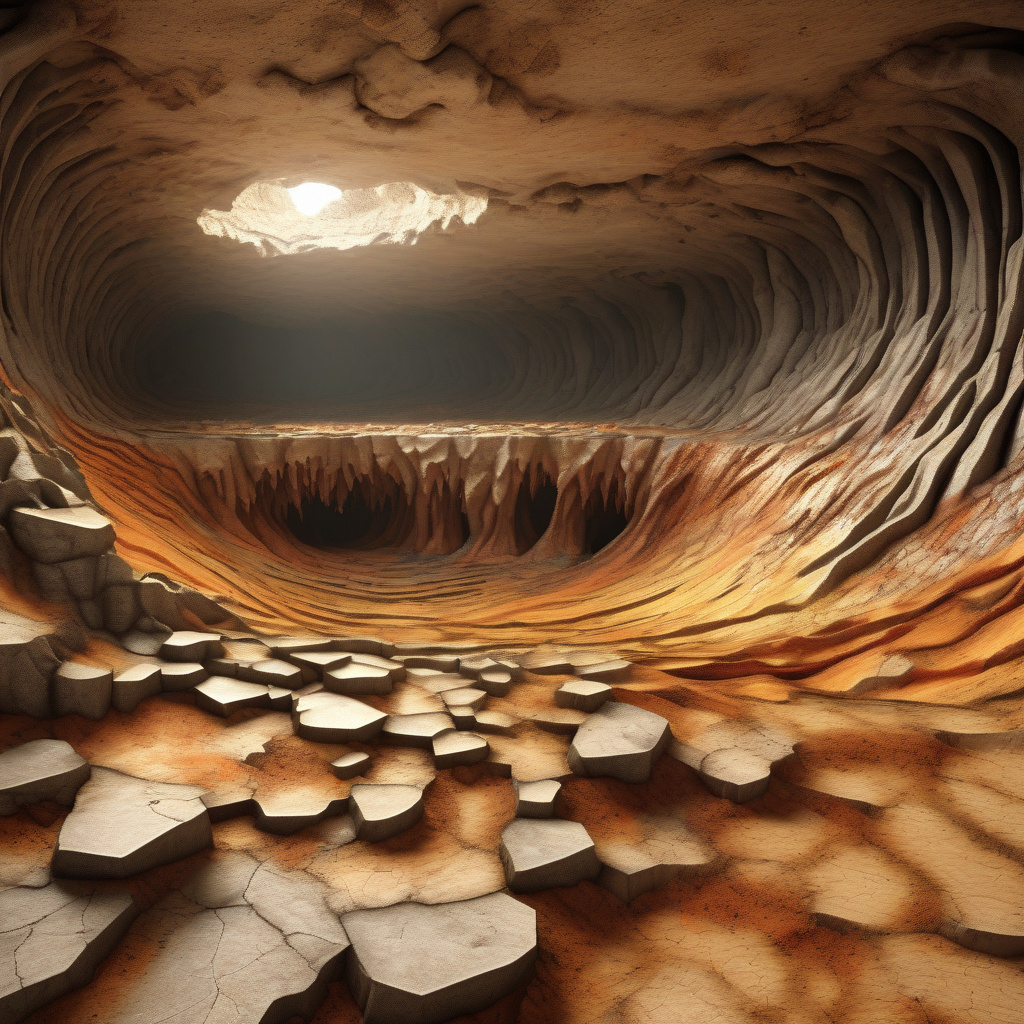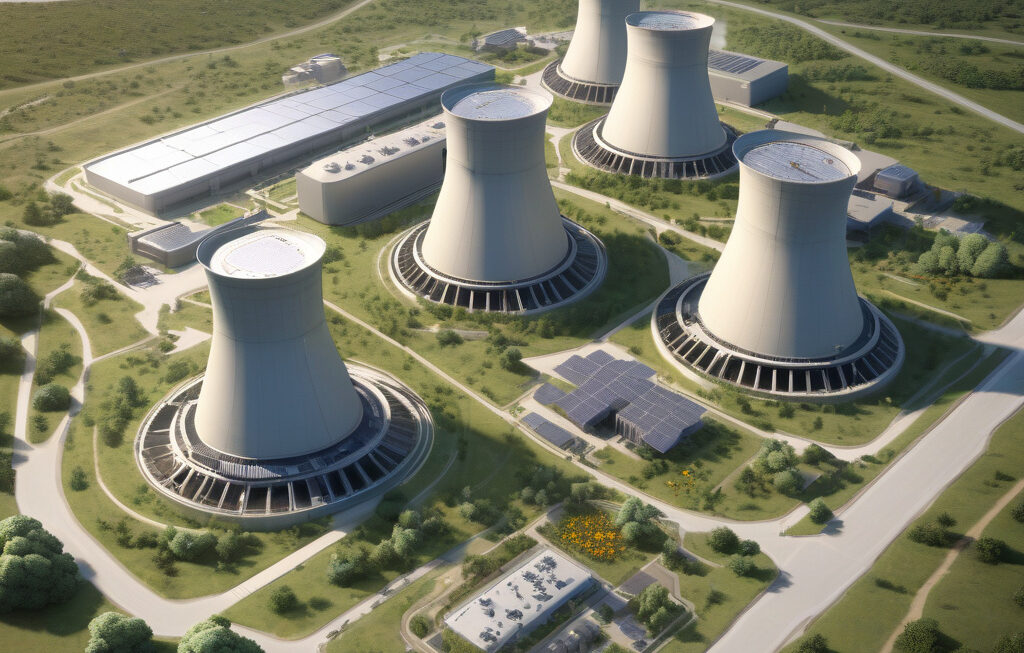Earthquakes: A Surprising Source of Energy for Deep Underground Life
Chinese scientists found that microbes living deep within the Earth can get their energy from a rather unexpected source – earthquakes. In a groundbreaking study, researchers discovered that these tiny organisms, thriving in the extreme conditions below the Earth’s surface, can harness the energy released during seismic activities to sustain their life processes.
This revelation challenges our understanding of the limits of life on our planet and sheds light on the remarkable adaptability of microorganisms. The study, conducted in a gold mine in South Africa, revealed that these microbes can survive at depths of up to several kilometers, where they have limited access to sunlight and organic matter. In such harsh environments, finding alternative energy sources is crucial for their survival.
The key to these microbes’ survival lies in their ability to capitalize on the chemical reactions triggered by earthquakes. When seismic activities occur, rocks undergo stress and release energy in the form of electrical currents. These currents, known as piezoelectricity, can be utilized by certain microorganisms as a source of energy to drive their metabolic processes.
This finding has profound implications for our understanding of the potential for life in the most extreme environments on Earth, such as deep within the oceanic crust or below the Earth’s surface. It suggests that life may be far more resilient and adaptable than previously thought, capable of thriving in conditions that were once considered uninhabitable.
Moreover, this research opens up new possibilities for harnessing the energy generated by seismic activities. If we can better understand how these microbes utilize piezoelectricity, we may be able to develop new technologies that leverage this energy source in a variety of applications, from renewable energy production to environmental monitoring.
The study also highlights the interconnectedness of Earth’s geology and biology. The fact that earthquakes, typically seen as destructive natural events, can also serve as a source of energy for deep underground life underscores the complex and dynamic relationships that exist within our planet.
As we continue to explore the hidden depths of the Earth and unravel the mysteries of its ecosystems, studies like this remind us of the resilience and ingenuity of life in even the most challenging environments. The discovery of microbes that can thrive on the energy of earthquakes expands our understanding of the boundaries of life and opens up new possibilities for sustainable energy solutions inspired by nature itself.
In a world where energy sources are increasingly scarce and environmental challenges are mounting, the ability to tap into the power of seismic activities could pave the way for a more sustainable future. By learning from the microbes that have mastered this feat over millennia, we may find innovative solutions to our own energy needs and gain a deeper appreciation for the incredible diversity of life on Earth.
Earthquakes: A Surprising Source of Energy for Deep Underground Life, microbes, seismic activities, sustainability, renewable energy












